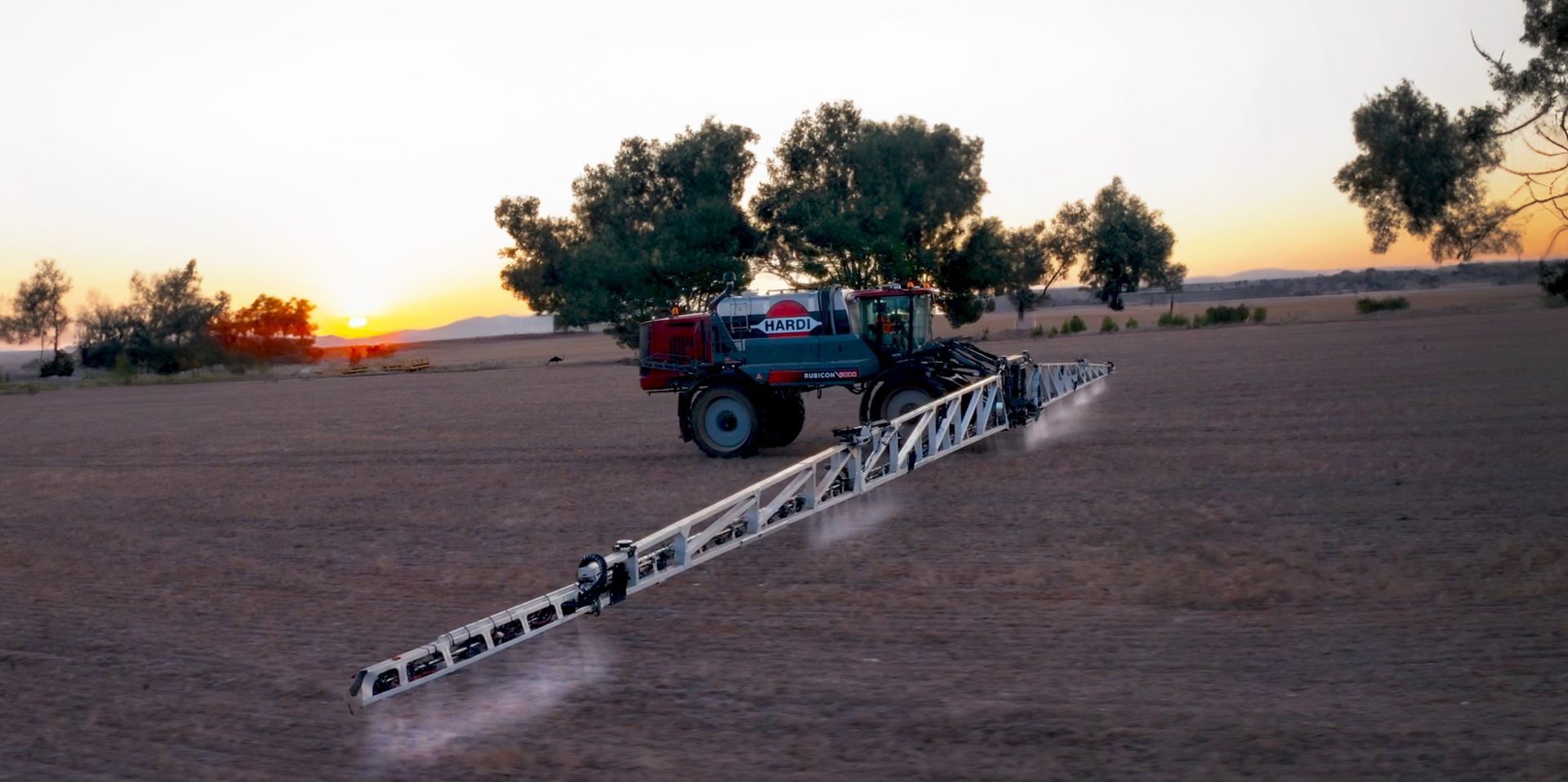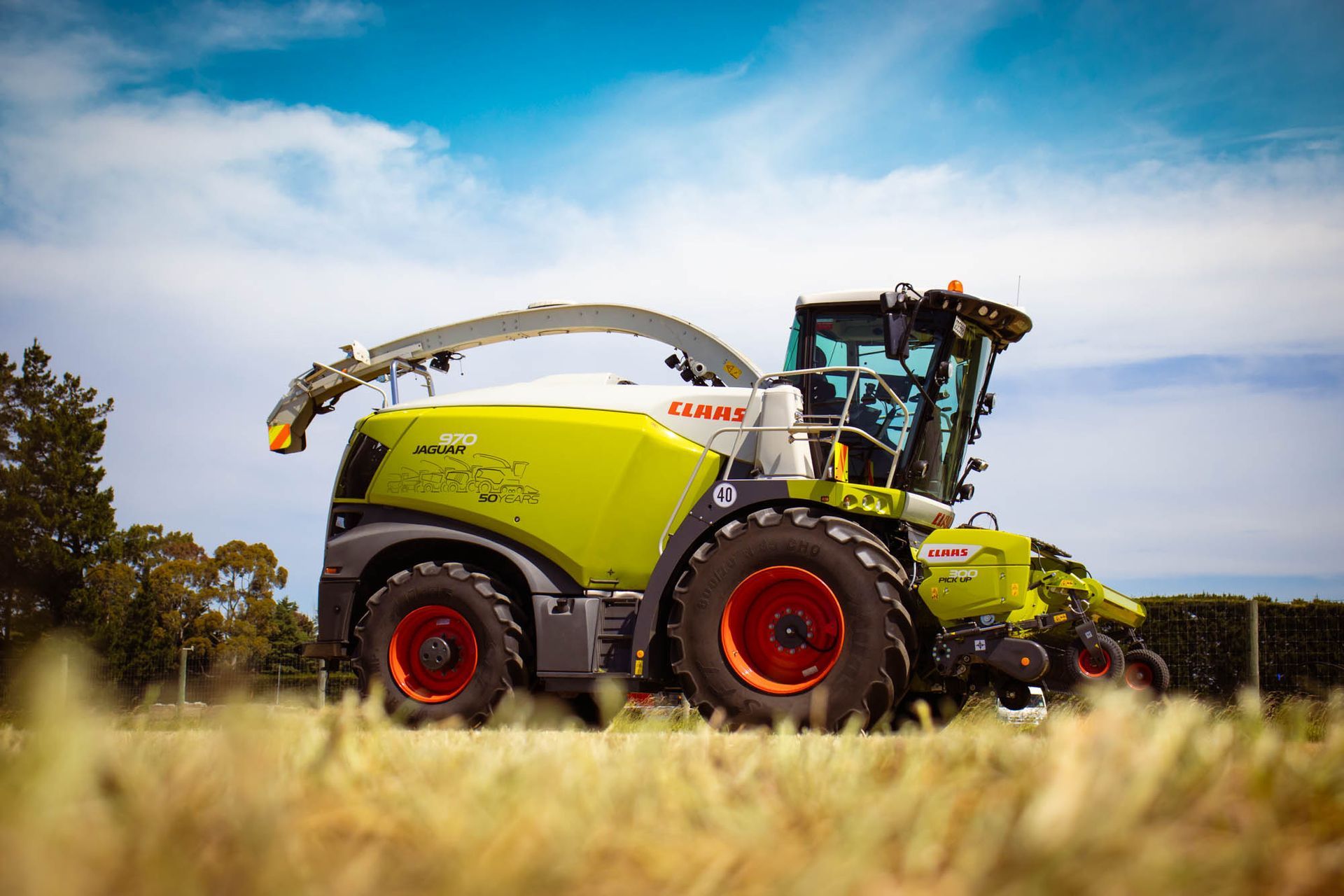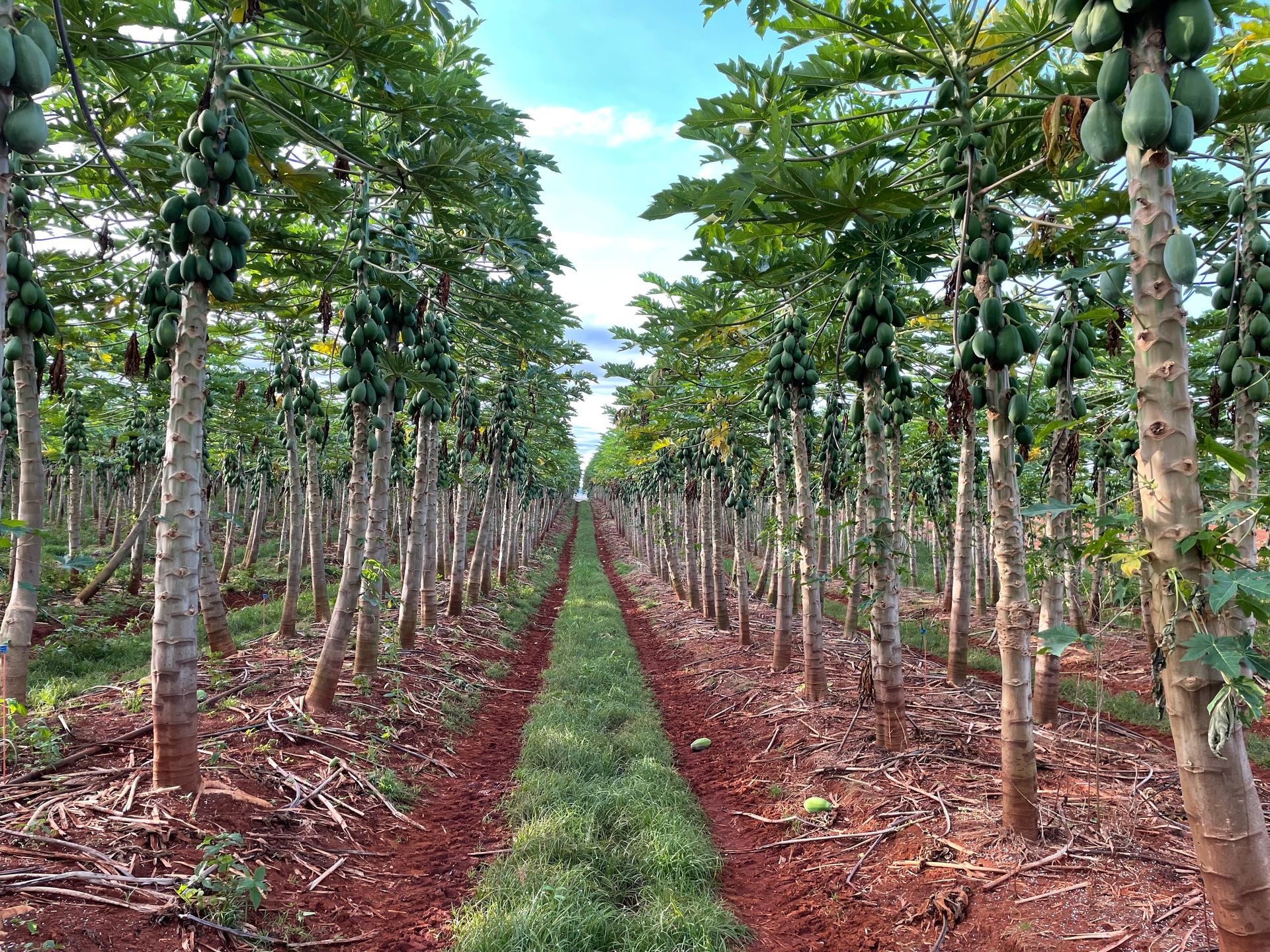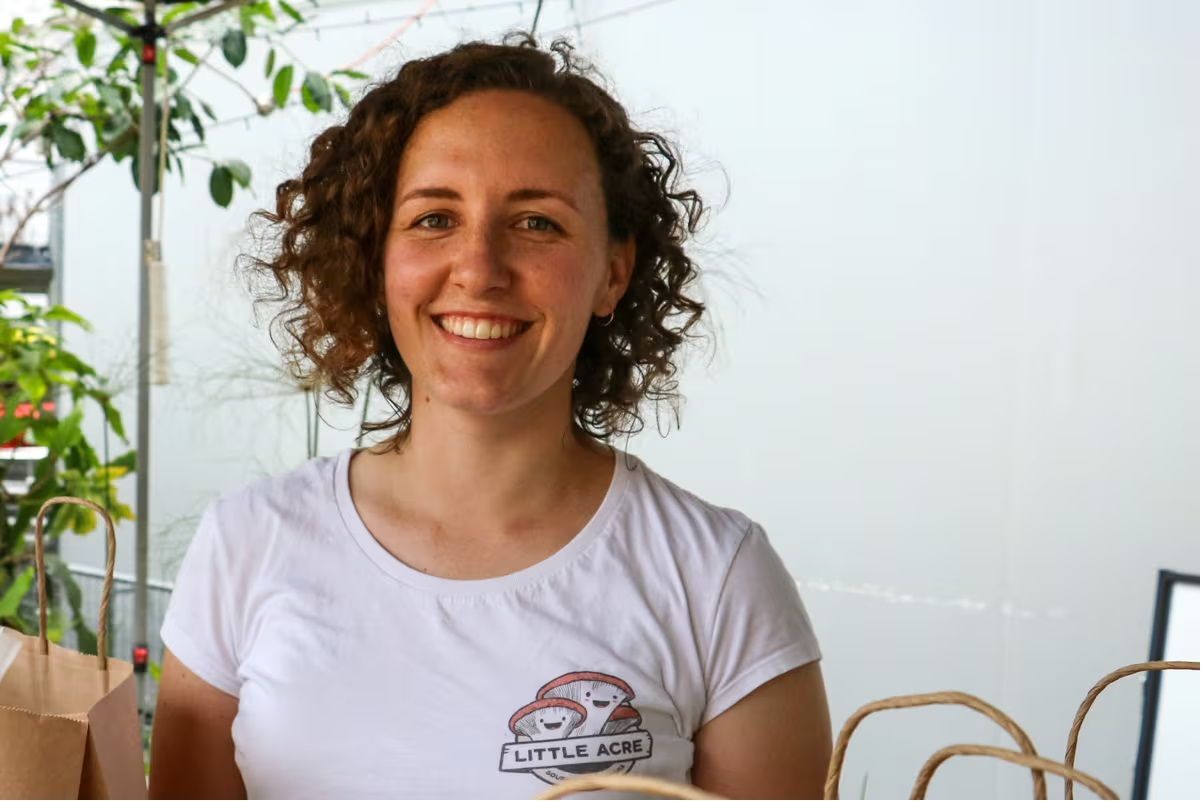Blog Post
Critical worker shortage leads to ‘break glass’ plan from NFF
Elizabeth Gracie

The National Farmers Federation’s (NFF) Horticulture Council has submitted a ‘break glass’ plan to state governments across the country to get workers back on farms and address what the NFF is now calling a critical worker shortage.
The break glass plan includes ten individual immediate, short and medium-term measures that the NFF believes will help displaced Australians who have lost their main source of income during the pandemic find farm work, whilst also providing the hands farmers urgently need to pick and pack produce through a safe restart of foreign worker visa programs.
With the COVID-19 pandemic depleting the regional labour force, primarily consisting of backpackers and workers under seasonal visa schemes, many farmers are now lacking the hands needed to harvest this year’s crops and wondering if a 2021 harvest is even feasible.
And whilst the Federal Government’s decision to allow individual states and territories to ‘opt-in’ to a controlled restart of both the Seasonal Worker Program and the Pacific Labour Scheme is a step in the right direction, National Farmers Federation (NFF) and CEO Tony Mahar believes that more needs to be done to support Australia’s agriculture industry and the agriculture workers it relies on.
According to Mahar, Australian governments have long known the labour shortage struggles that farmers across the country have faced since the closure of Australia’s borders to international visitors in April.
“Well before COVID-19 the NFF and our members have been calling for measures to address the farm sector’s worker shortage. This situation is now much worse with Australia’s international borders closed and internal border movement highly restricted” said Mahar.
These measures include a pilot extension to the seasonal worker program, increased incentives for domestic displaced workers, the introduction of an agricultural workforce code, promotion of opportunities to work in agriculture, accommodation support, the establishment of a national agricultural workforce development network, national labour-hire regulation, agricultural visa, a restart to working holidaymakers and the inclusion of additional occupations to the horticulture industry labour agreement (HILA).
“In an ordinary year, farmers rely on a combination of local and foreign labour to get the job done,” said Mahar.
“Ideally, this year we’d like to see Australians, especially those who have been displaced from their pre-pandemic jobs, fill roles performed by backpackers and seasonal workers, but the reality is more support is needed to attract the required number of local workers.
The plan also includes suggestions for safely restarting the meaningful recruitment of foreign workers, and providing COVID-19 safe places of work, with the aim of reaching an overall outcome that strikes a balance between fairness, safety and at the forefront, economic prosperity.
Share
Tweet
Share
Mail
NEWS
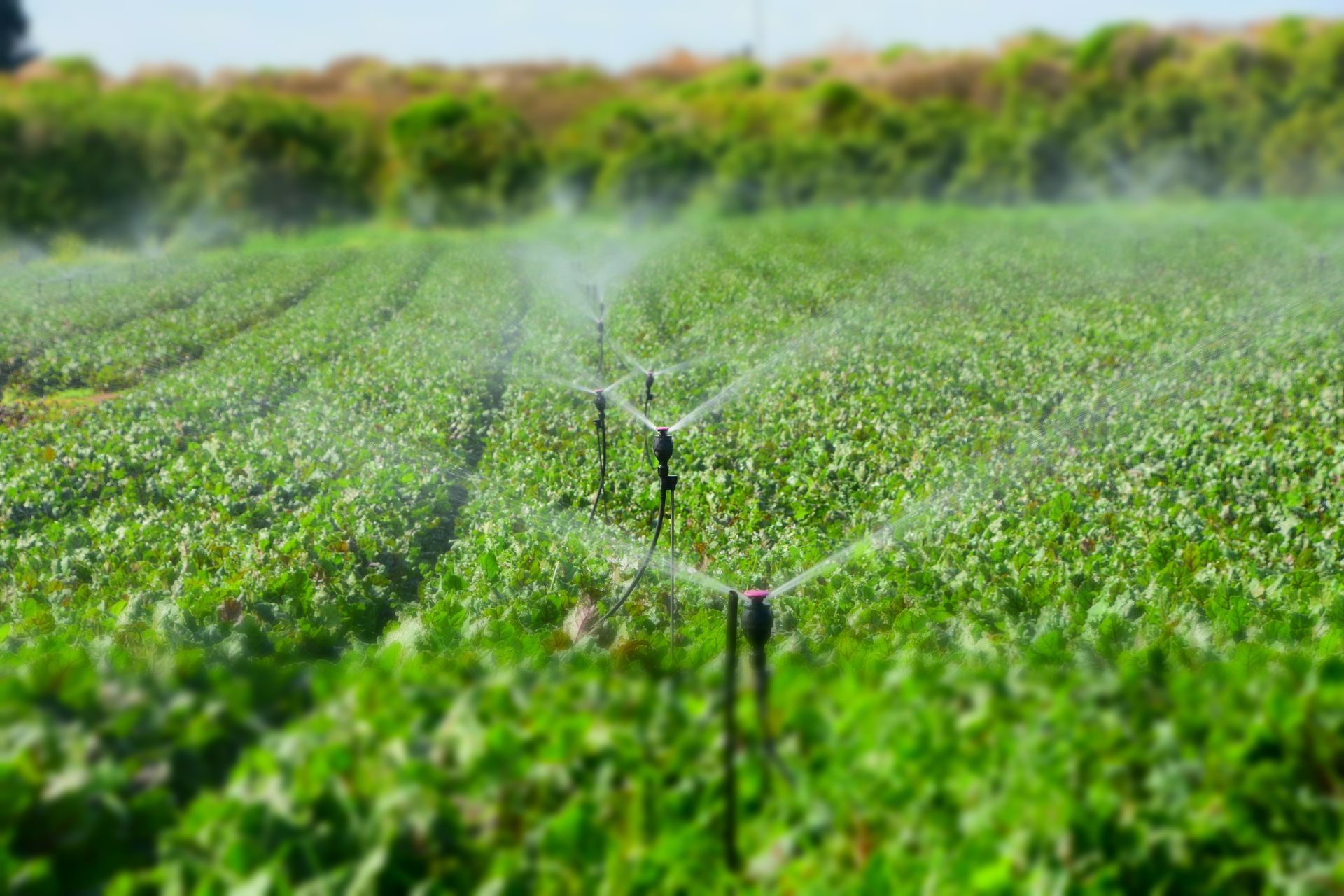
By Jessica Martyn
•
16 Feb, 2024
When it comes to building and maintaining a successful farming business in Australia, implementing the right solutions to deliver and preserve essential resources like fresh water is crucial – and in these ponds, White International is an authority more than 70 years strong.
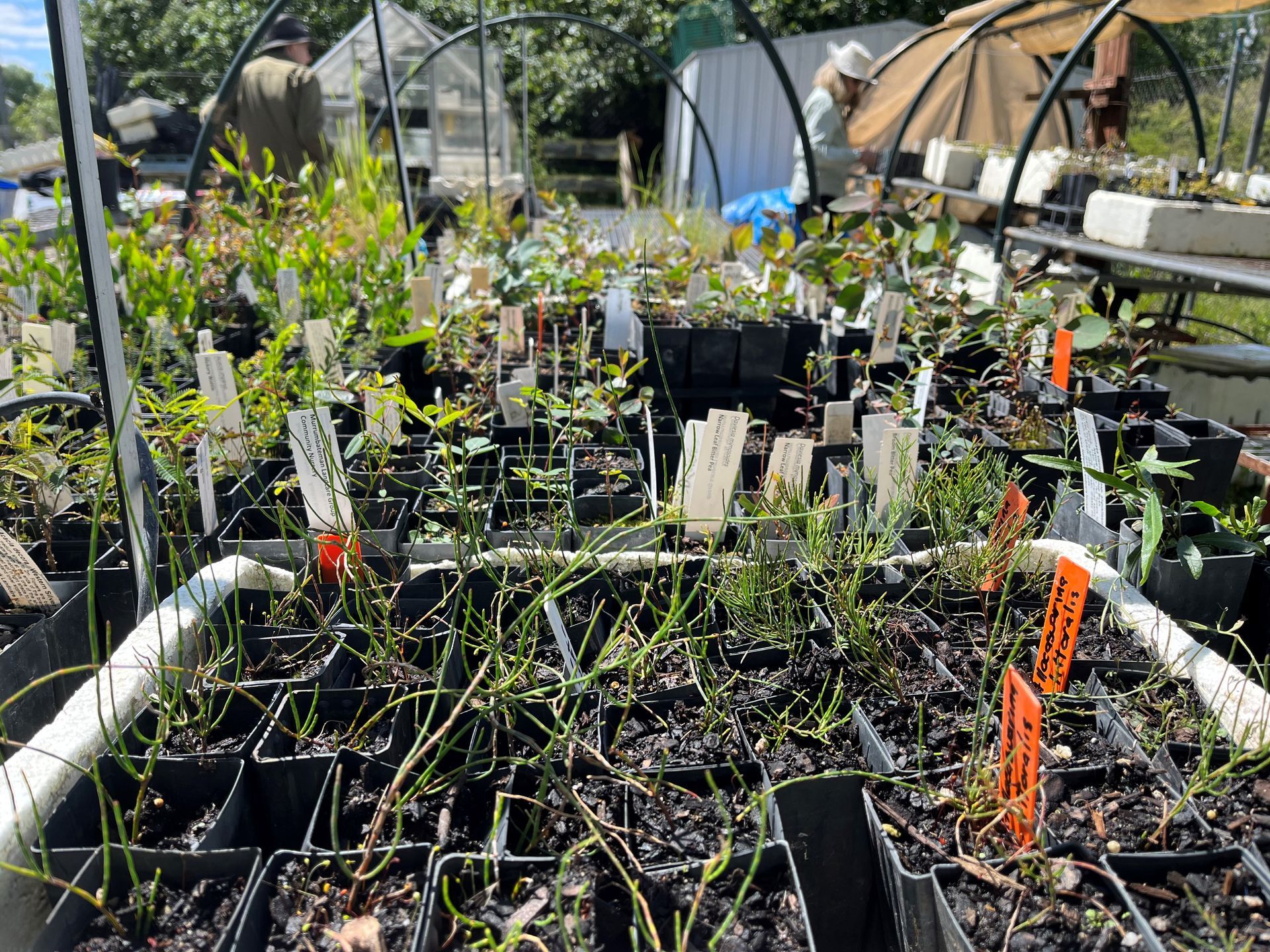
04 Dec, 2023
As a Landcare group, one of our main interests is to increase ecological resilience in our local area. Many of our landscapes have been cleared of vegetation in previous decades, so we have the task of supporting landholders to plant trees and shrubs to replace those that are missing. The benefits of revegetation are manifold. They include providing habitat for a range of native animals; controlling erosion and salinity; increasing farm productivity through nutrient cycling and shade and shelter for stock; and drawing down carbon from the atmosphere. But as weather patterns become more variable and we experience more climatic extremes, we need to think about which plant species – and which plant genetics – are most appropriate in our revegetation efforts. We are forced to ask will our local plantings be able to survive our future climate? Up until recently, it has been common for people to preference locally sourced seed when re-planting. This has been based on the idea that such plants will be best adapted to local conditions. However, there is growing understanding among scientists and land managers that we need to shift our focus to plants that can persist as the climate changes. This involves looking at which plant species are most appropriate by focussing on species that have a wide distribution and grow in our area and also in hotter areas, and increasing the genetic diversity of our tubestock so they have the best potential to adapt over successive generations. Our Landcare group has been tackling this issue for the past several years, working with scientists and AdaptNSW to find the best way forward. There are several key steps involved: understanding our local future climate, analysing whether selected local species can survive in climates like the one projected for our area, and sourcing seed for those likely-to-survive species from a range of areas to increase the genetic diversity of our plantings. Planting the right species with good genetic diversity gives revegetation projects the best chance of survival into the future. It’s not just about making sure the individual tubestock will grow, but that future generations of those plants will be able to survive and thrive. Luckily there are some good resources available for farmers, land managers and groups interested in climate ready revegetation. The Royal Botanic Garden Sydney has launched the Restore and Renew Webtool ( https://www.restore-and-renew.org.au/ ), which is a wonderful way for people to incorporate both climate change and genetic information when sourcing seed or plants. The NSW Niche Finder is invaluable for those who want to dig further into climate variables and species distribution ( http://www.nswnichefinder.net/ ). For future climate information, the CSIRO and Bureau of Meteorology have joined forces to provide a user-friendly online tool ( https://myclimateview.com.au/ ). And AdaptNSW also provides projected climate change information for different regions of the state ( https://www.climatechange.environment.nsw.gov.au/projections-map ). The Yass Area Network of Landcare Groups also has detailed information about our work on climate ready revegetation and relevant resources our website: https://yan.org.au/projects/climate-ready-revegetation-project As the climate changes, our revegetation efforts are more important than ever. And we need to make sure that they are ‘climate ready’ so that their benefits persist well into the future.
A selection of The Australian Farmer Sponsors - Click on a banner below to find out more...

